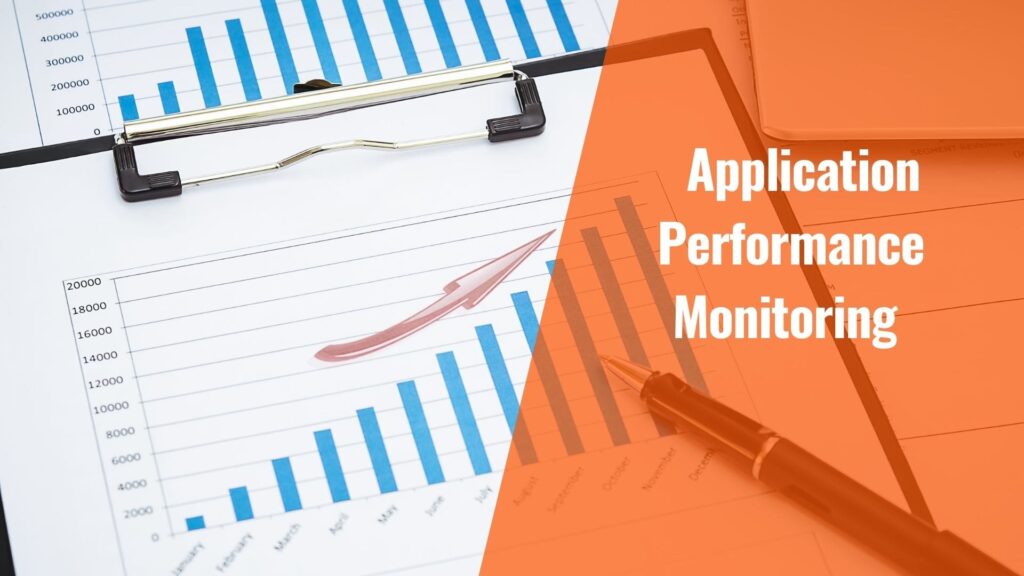In this digital era, applications are used on a daily basis to make our life easier. A lot of software applications are launched every day, continuously increasing competition in the market. There are thousands of applications available for a task. But, the success of any application highly depends on its performance.
A good-performing application provides a flawless user experience to the customers. Ultimately, making performance a crucial metric for benefitting the company owning the software product. Smooth running and high-quality software application that saves time and effort for users are unbeatable.
In this article, we will thoroughly discuss the application performance monitoring that helps in preventing software issues.
What is Application Performance Monitoring (APM)?
Application Performance Monitoring (APM) is a process that helps in keeping track of the ways an application performs. The monitoring tools allow administrators to identify complex problems in the application’s performance. Furthermore, providing valuable insights that help in fixing abnormalities in applications. The proactive evaluation helps companies in rendering a satisfactory experience for users.
The complex and dynamic nature of software applications is one of the key reasons that drive the APM market. According to Data Bridge Report, the application performance monitoring market will reach an estimated value of USD 15.00 billion and grow at a CAGR of 11.31% in the forecast period of 2021 to 2028. APM is a profitable section that a company must include to increase sales.
Benefits of Application Performance Monitoring
Application performance monitoring is a strategic move for businesses that help them improve their services. The process provides fulfillment to the customers aiding the gain of the company. Here are 6 vital benefits of application performance monitoring:
1. Improve End-User Experience:
In today’s extremely competitive online market, every customer expects an effortless experience. A report from Capgemini’s Digital Transformation Institute suggests that 8 in 10 consumers are willing to pay more for a better customer experience. APM solutions enhance the end-user experience by serving the needs of the users. Eventually, profiting the company.
2. Boost Sales and Revenue:
E-Commerce companies require trouble-free application performance for running a thriving business. The functioning of an e-commerce platform directly affects the sales and revenue of the business. Application performance monitoring continuously monitors and assists companies in managing operations without any difficulties.
3. Reduce Downtime:
Increased downtime can damage the reputation of the brand and decrease customer retention. Application performance monitoring proves to be a crucial medium for reducing downtime of the application. It ensures the smooth functioning and availability of both types of software, web-based and desktop-based applications for the users.
4. Lower Operating Costs:
Application performance monitoring help in saving money and increasing revenue gains. The details provided by the APM tool help you act immediately on the application issues. Moreover, the right APM approach increases operational efficiency and reduces problem resolution time. Hence, lowering the operating costs.
5. Increase Productivity:
APM profoundly influences the operations of a company. Research has proved that corporations employing a powerful APM solution lessened their troubleshooting and diagnostic man-hours by up to 59 percent per month. The IT team can entirely focus on implementing the vital changes required. Reduction in time spent tracking issues increases productivity.
6. Higher Conversion Rates:
The conversion rate is the percentage of users who have completed the action desired by the business. Application performance monitoring ensures the stable functioning of your application. It helps the business gain visitors’ trust, making them long-term customers. APM tools support companies in maximizing the value they deliver to the customer, shooting up their conversion rates.
Different types of Application Performance Monitoring Tools
1. Application Metrics-based APM Tools
The application metrics-based APM tools collect metrics related to the app and server. Further, providing information about the application’s URL requests that are slow. Since application metric-based APM tools do not perform application code profiling, they can not determine the cause of the system slowing down.
2. Code Profiling-based APM Tools
These types of APM tools perform code profiling and transaction tracing, helping you recognize the root cause of the problem. Popular APM tools use artificial intelligence and machine learning for profiling different code types. We can identify the cause of any performance problem with the combination of code profiling-based tools and application metric-based tools.
3. Network-based APM Tools
Network-based APM tools measure application performance based on network traffic. These tools require extremely specific techniques. Ultimately, generating the new product category, Network Performance Monitoring (NPM). NPM collects data from different sources and provides information about network and application health.
Conclusion
With evolving technology, many businesses opt for digital transformation. Application performance monitoring is the critical element that supports companies in handling their software applications efficiently. It is an effective method to bring success as it eliminates negative impacts that affect the business terribly. APM must be brought into practice on a regular basis as it brings lots of benefits.

